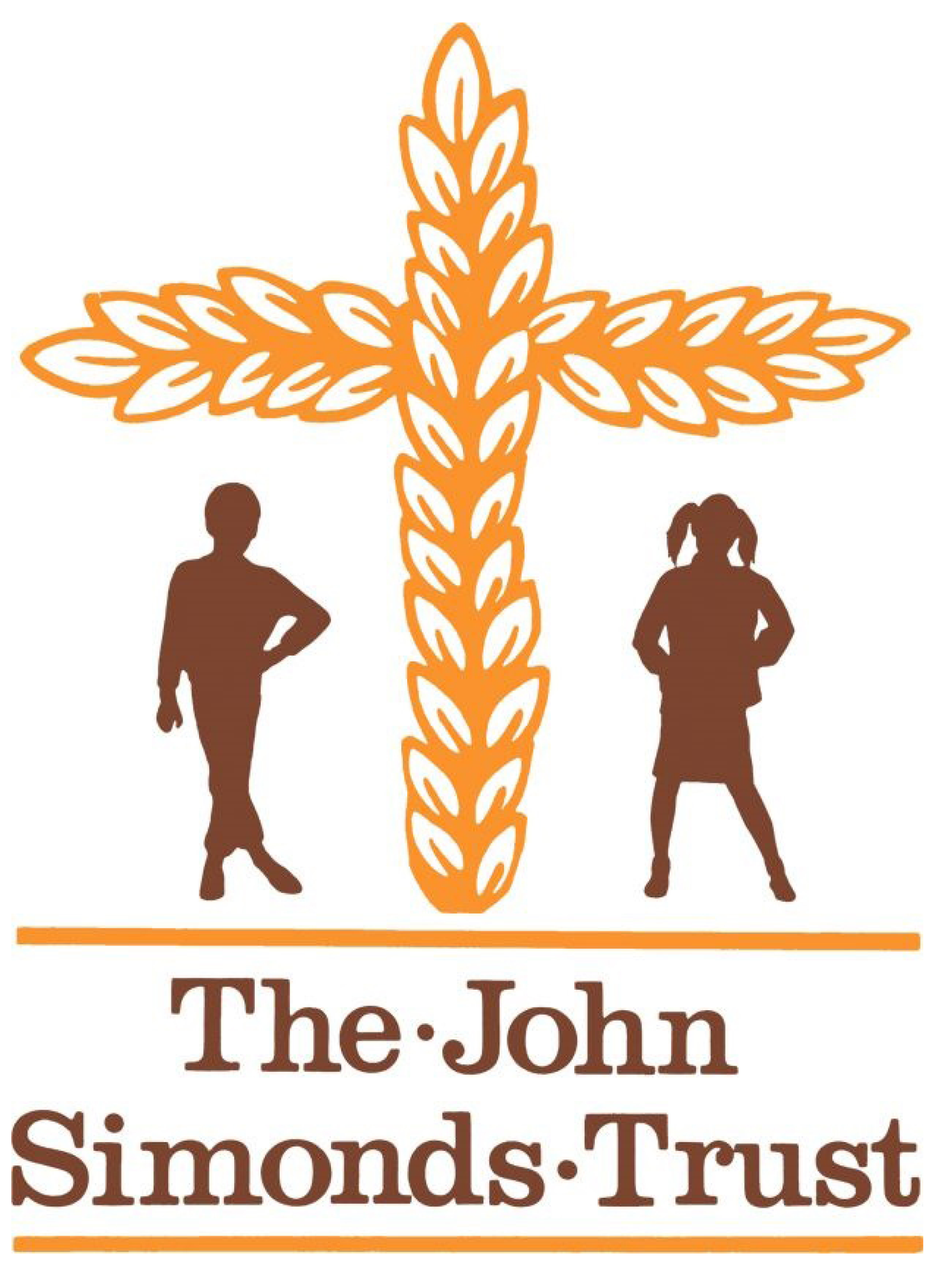Monthly Update - June 2023
There is a saying in farming that “Where you have livestock you have dead stock.” One of our elderly turkeys wandered up to the brow of the hill behind our house and died. She was a big bird. The following morning a single kite was cautiously checking her out as safe to tuck into. I thought nothing of it, but later as we sat outside in the sun eating our soup at lunchtime, the clear sky above was host to at least fifteen kites. Some were circling low while others were high in the stratosphere. It was almost like a ritual dance played out at many levels. A single kite was on the carcase, and then one by one others slowly descended, forming an orderly queue in a line of up to five at a time. As the kite feeding filled its crop it flew off and the one at the front took its place. The queue moved forward so another one descended. We went back to work but in early evening there was just one still feeding. The bird took off and chased the dog, swooping low to annoy while she reciprocated the chase. The following morning all evidence of the turkey had gone, but so too had two of our hens, the fox enjoying the taste of poultry for a change.
The kite population around here has grown enormously. Seagulls used to follow the plough. Now it is kites, and sometimes as many as forty. They feed on worms and small mammals, roadkill and in Tilehurst I have watched feeding time with the pick of the local meat counter at set times of the day. Some years ago when they were quite rare here our education officer looked up and pointed out a lone kite to visiting
children. One boy retorted “I thought it was a bird.” No excuse for ignorance now!
What order of the created world we witnessed on that day! It was probably territorial, certainly hierarchical, but there seemed to be organisation and order, and the result was that they all had their turn to feed, and so all benefitted from that early Christmas dinner. That must be the reason for the enormous success of the species which recovered from near extinction in the 1970’s after the bird’s dominance in Elizabethan times as “ubiquitous scavengers that lived on carrion and
rubbish”.
Love them or hate them? Whatever, they can teach us something!

